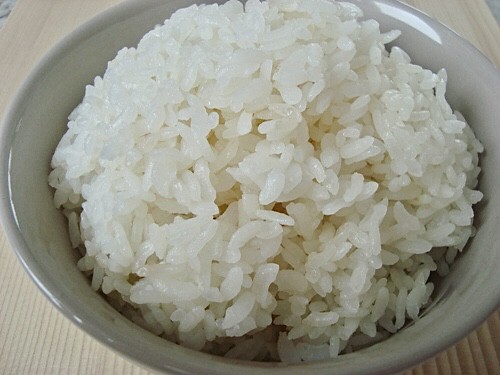You are here
A Simple Way to Maximize Arsenic Removal While Cooking Rice
A recent study funded by the UK Science and Technology Facilities Council indicates that replacing cooking water part way through the process of cooking rice decreases naturally occurring trace arsenic in brown rice by over 50 percent and in white rice by 74 percent.
Here's how for 1 cup of uncooked brown rice:
1. Bring 2 cups of water to a boil.
2. Add 1 cup of washed uncooked rice and boil on low heat for 5 minutes.
3. Discard most or all of the cooking water which may have trace amounts of naturally occurring arsenic.
4. Add 2 fresh cups of water and bring to a boil. Use just 1 cup of water for white rice - for some varieties of rice, you might only need a half cup of fresh water to produce desired consistency of rice.
5. Allow rice to cook on low heat with a lid on until water is fully absorbed and rice is ready to eat.
Please consider sharing this information with family and friends.
Link to study: Improved rice cooking approach to maximise arsenic removal while preserving nutrient elements.
If the method suggested above is too much of a burden or if you prefer to use a rice cooker, you can always wash and rinse your rice several times before cooking, which also seems to be effective in reducing trace arsenic that might be present in rice.
Related Post:
How to Make Perfectly Steamed Rice - Korean and Japanese Style







